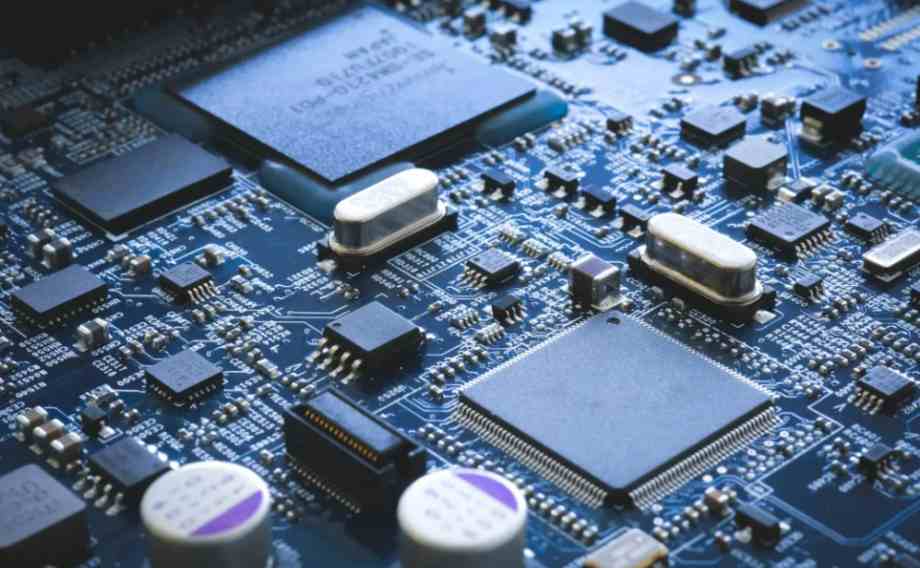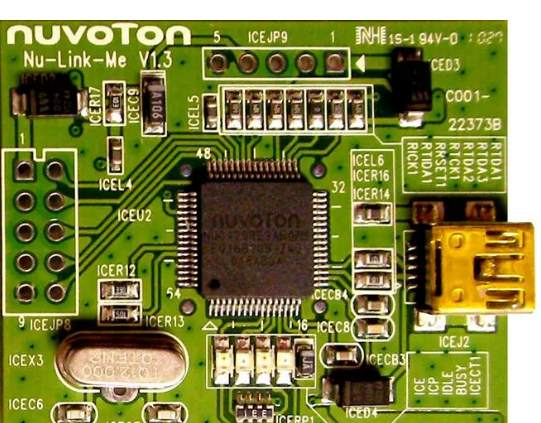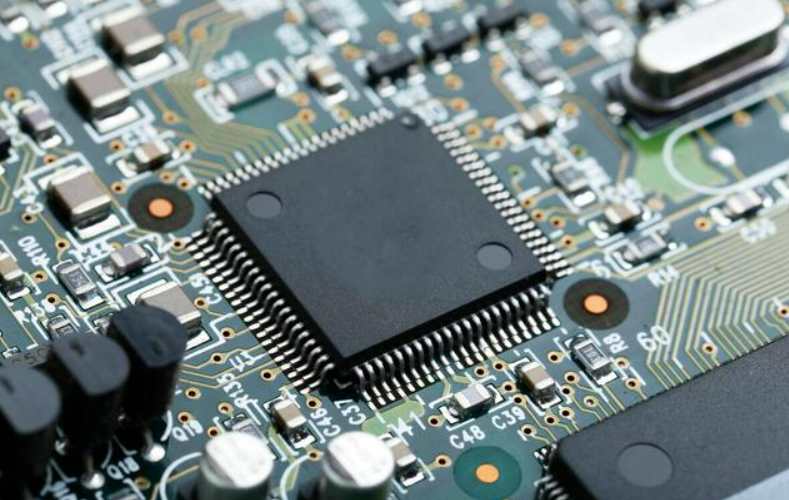
1. Make a preliminary analysis of the failure
To advocate action is not to encourage insolence. The fault phenomenon is the same, but the fault cause is not the same. If you encounter the same fault phenomenon always blindly according to prescription, blindly replace the device, obviously not wise. The rush to replace the components in the slightest doubt during maintenance may also cause many new faults, which will bring trouble or increase difficulty to the maintenance work. In the worst case, it can lead to an expensive circuit board being disassembled in a mess, so that it is completely scrapped and cannot be recovered.
So what's the right thing to do? Should carefully check, carefully measure the relevant device. For example, if a device is found to be dysfunctional through inspection, it is not necessary to immediately assert that the device is broken. Instead, it is necessary to further check the surrounding devices and cables related to it. Only through comprehensive examination and inspection can we discover the essence from seeing the phenomenon.
The general steps of fault analysis are as follows:
(1) The fault phenomenon of the circuit board (to send repair personnel).
(2) Preliminary analysis of the possible location of the fault distribution according to the fault phenomenon.
(3) According to the functional area division of the circuit board to make a simple fault flow chart.
Check step by step according to the fault flow chart, which is very beneficial to accumulate judgment experience.
In addition, after fault repair, all maintenance processes must be recorded, and related maintenance data should be classified and sorted to guide future maintenance.
2. Prepare the necessary tools and information
(1) Prepare necessary measuring instruments, such as: maintenance tester, multimeter (digital/pointer type), short circuit tracker, programmer, EPROM eraser, signal generator, frequency meter, storage oscilloscope, logic analyzer, etc. Prepare necessary maintenance tools, such as tweezers, IC extractors, wire cutters, diagonal pliers, antistatic gloves, dust cleaning ear balls and brush, non-inductive screwdriver, electrostatic pen, electric soldering iron, tin suction device, heat gun, and constant temperature soldering table.

⑵ Prepare common components, such as TTL series, COMS series, common memory series, common LSI series, common interface device series, common analog switch series, etc. Also prepare some series of resistors (resistance bars), capacitors, inductors, transistors, etc.
Of course, it is very difficult for anyone to be so prepared, and even such complete preparation is not necessarily perfect, but this is just a general enumeration. Many things are only useful in specific cases, such as a short circuit between the power supply and the ground of a complex circuit board, although it is caused by a device, but the test of all the devices between the power supply and the ground showed a short circuit phenomenon, very difficult to find, at this time to have a short circuit tracker is very simple.
(3) Before maintenance, it is very important to send repair personnel to understand the damage of the faulty PCB circuit board, as well as the diagnostic report on the equipment, which is very important to judge the fault correctly and effectively.
Conditions permit, the maintenance personnel had better go to the site to actually look at the fault phenomenon, to determine whether the repair circuit board is indeed a fault. That is, to confirm whether the printed circuit board is correctly connected, firmly plugged in, whether the Settings are changed, whether the steps of operating equipment are correct, etc., many good circuit boards are often misjudged as failures because of the lack of experience of the operator.
In addition, before maintenance, it is best to understand the fault circuit board in the normal state of each test point logic level, logic waveform, at least to understand the function and use of the main devices, ready to the device parameter manual, etc., ready to consult and analysis.
5. Before the power-on test, we should find out the power type of the faulty circuit board, positive and negative polarity, vulnerable devices and whether there is a short circuit, missing parts and other problems. When the initial power-on test, we should be extra careful so as not to add the wrong power to burn the board.
3. The same circuit board is of great value for fault repair
Maintenance personnel had better be able to provide a good circuit board completely consistent with the fault circuit board or a bad circuit board completely consistent with the fault circuit board.
In the present component level maintenance, many test instruments have a strong comparison function of good and bad circuit board devices. The value of a good circuit board to successful repair is sometimes far greater than the circuit diagram, can greatly improve the speed of repair and repair rate.
The damaged PCB board which is completely consistent with the faulty circuit board also has great reference value for maintenance. Because the fault point of two bad circuit boards is not necessarily the same, even if the fault point is the same, the degree of damage is not necessarily the same. Therefore, repairing several identical broken circuit boards at the same time is often more convenient and easier than repairing a single broken circuit board.









